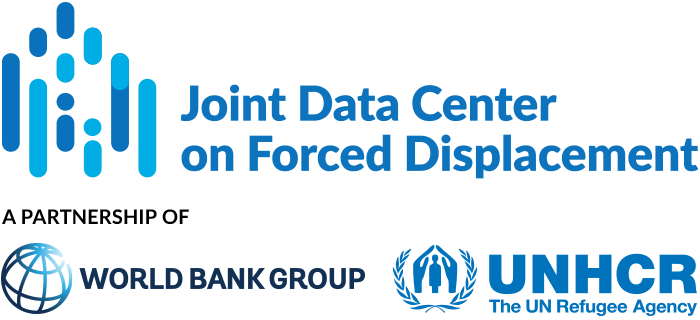This article investigates the mental health of Syrian refugees in Jordan and identifies the sociodemographic factors associated with mental distress. An estimated 1.4 million Syrian refugees live in Jordan.
The analysis is based on data collected in northern urban parts of Jordan between October 2022 and July 2023, with a total of 929 adult participants (43 percent Syrian refugees, 56 percent females). Surveys included a sociodemographic questionnaire covering demographic and socioeconomic circumstances such as age, educational attainment, relationship status, number of children, number of family members, health insurance status, employment status, and average monthly income. The study used the validated Arabic version of the Afghan Symptoms Checklist (ASC) to assess mental distress.
The authors employed a multivariable regression model to examine differences in the mean total ASC score between Syrian refugees and Jordanians, males and females, individuals with high education levels versus those with high school education or less, and employed versus unemployed individuals, while controlling for age.
Main findings:
- Significant disparities in education, monthly income, and health insurance were observed between Syrian refugees and Jordanians. More Jordanians had completed higher education compared to Syrian refugees, with a significantly high number of female Syrian refugees not completing high school. Although the employment rate was comparable between Syrians and Jordanians, the monthly income was significantly lower among Syrian refugees. Additionally, Syrian refugees lacked health insurance, suggesting limited access to governmental health services in Jordan.
- Syrian refugees, particularly women, exhibited higher levels of mental distress than their Jordanian counterparts. Specifically, Syrian refugee females had significantly higher ASC scores compared to both Syrian refugee males and Jordanian males and females, indicating elevated mental distress.
- Low educational attainment was highly predictive of elevated mental distress. Individuals with higher education levels had lower ASC scores compared to those with high school education or less.
The study highlights the significant impact of education level on the mental health of Syrian refugees, particularly female refugees. The authors argue that enhancing higher educational opportunities for refugees can improve their socioeconomic status and serve as a buffering strategy against mental distress. The study emphasizes the need for a holistic approach to supporting refugee mental health, including addressing pre- and post-migration stressors, providing access to healthcare and mental health services, and promoting refugee integration into the host country’s education system.


